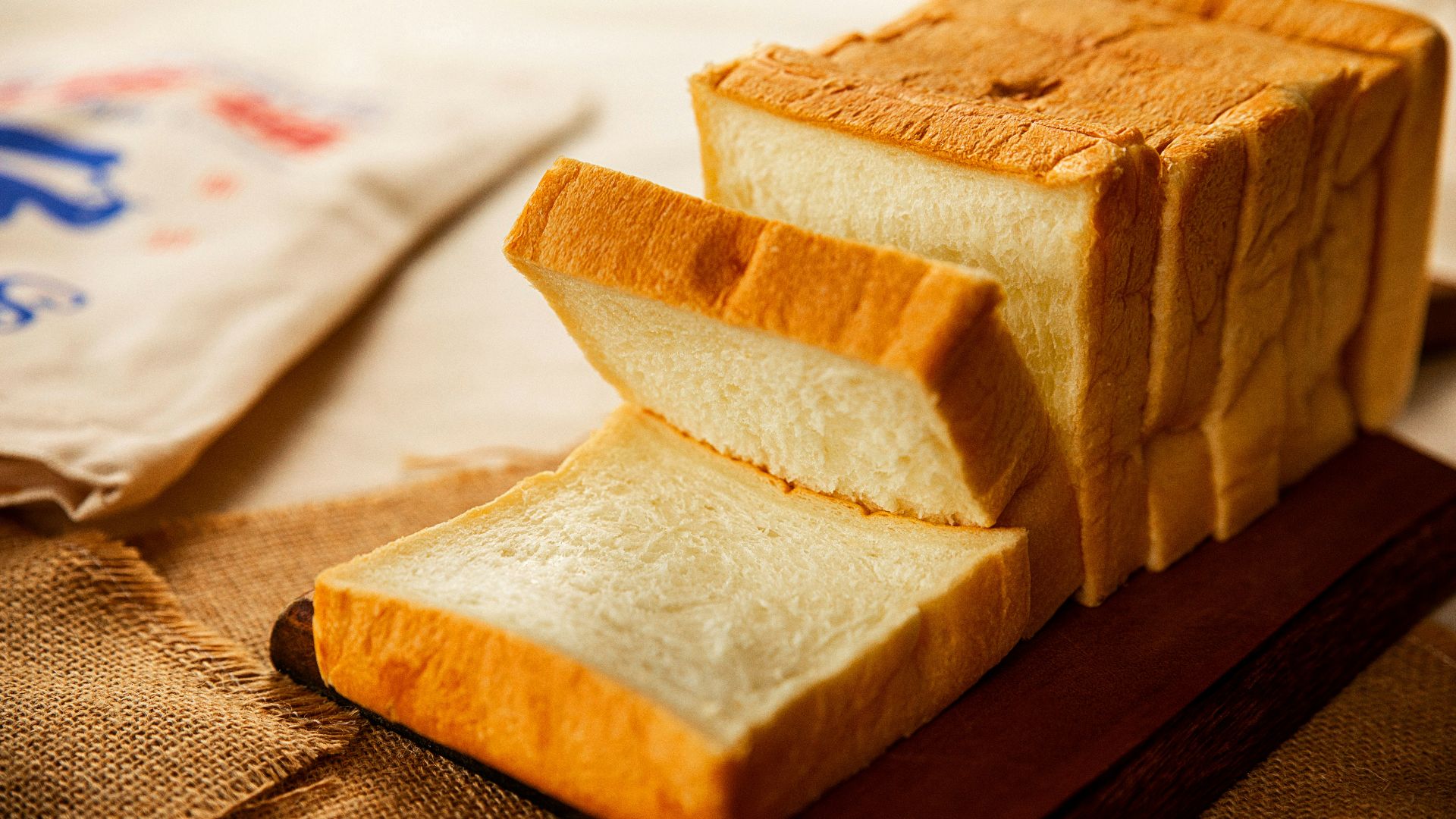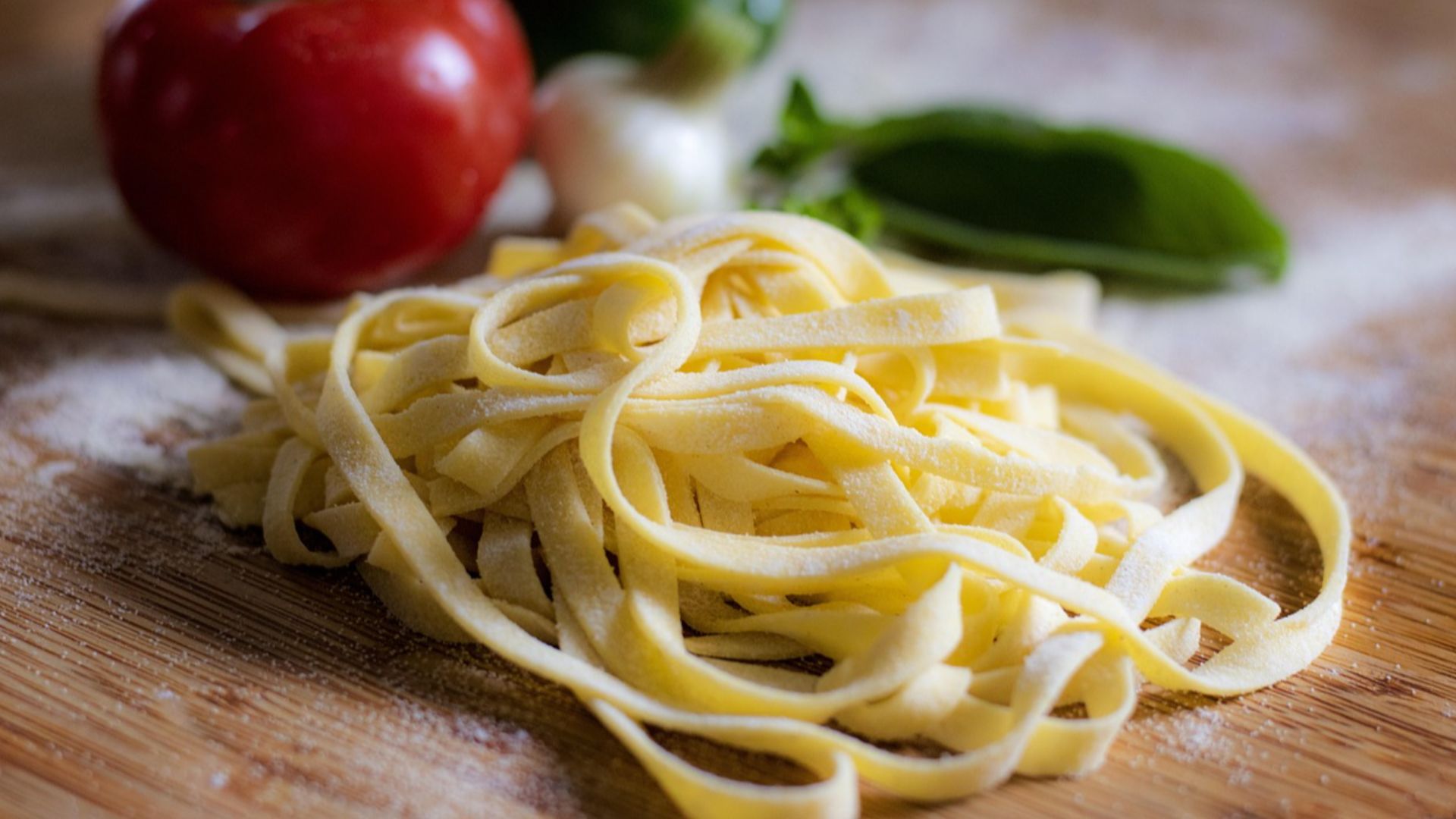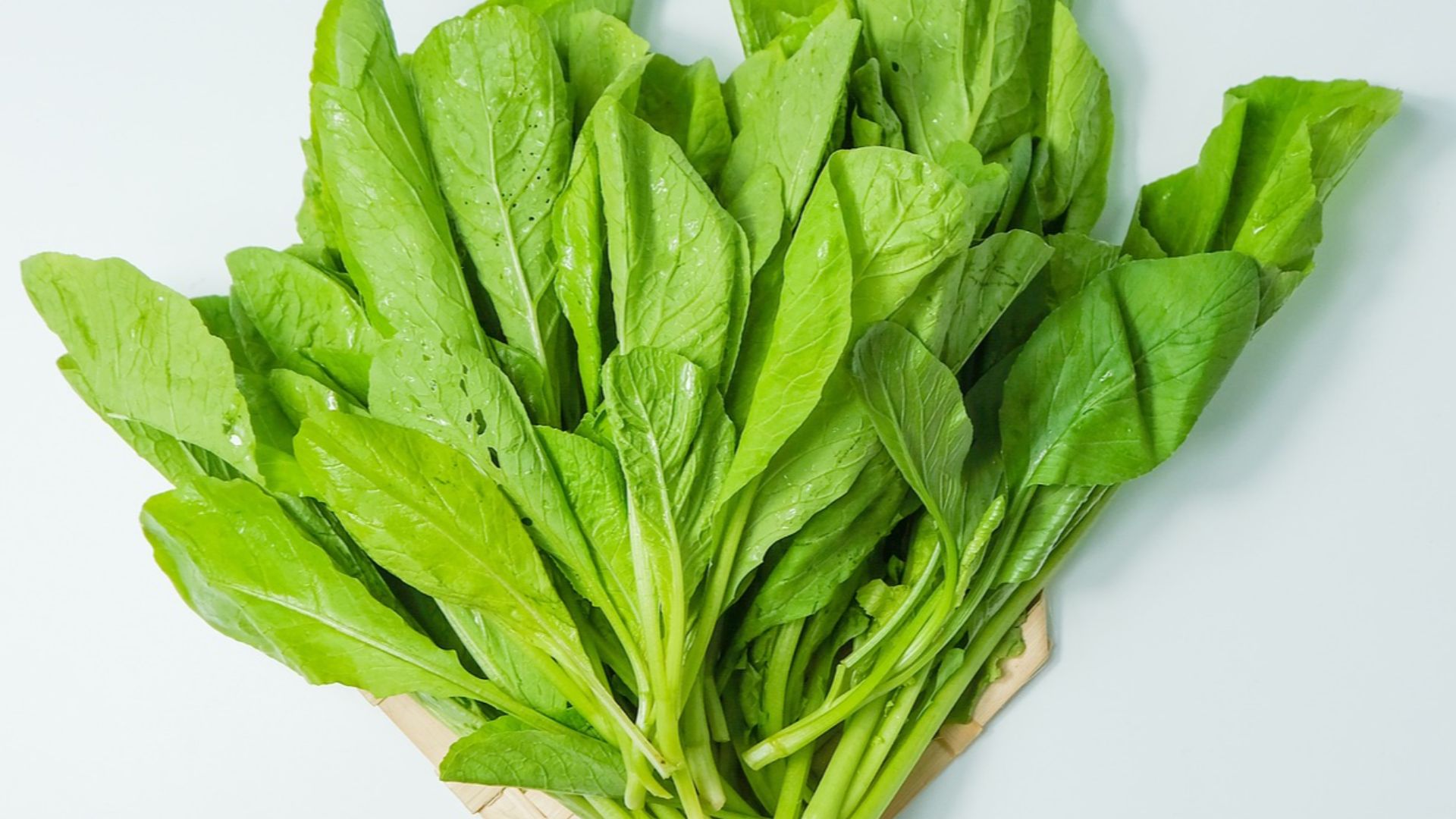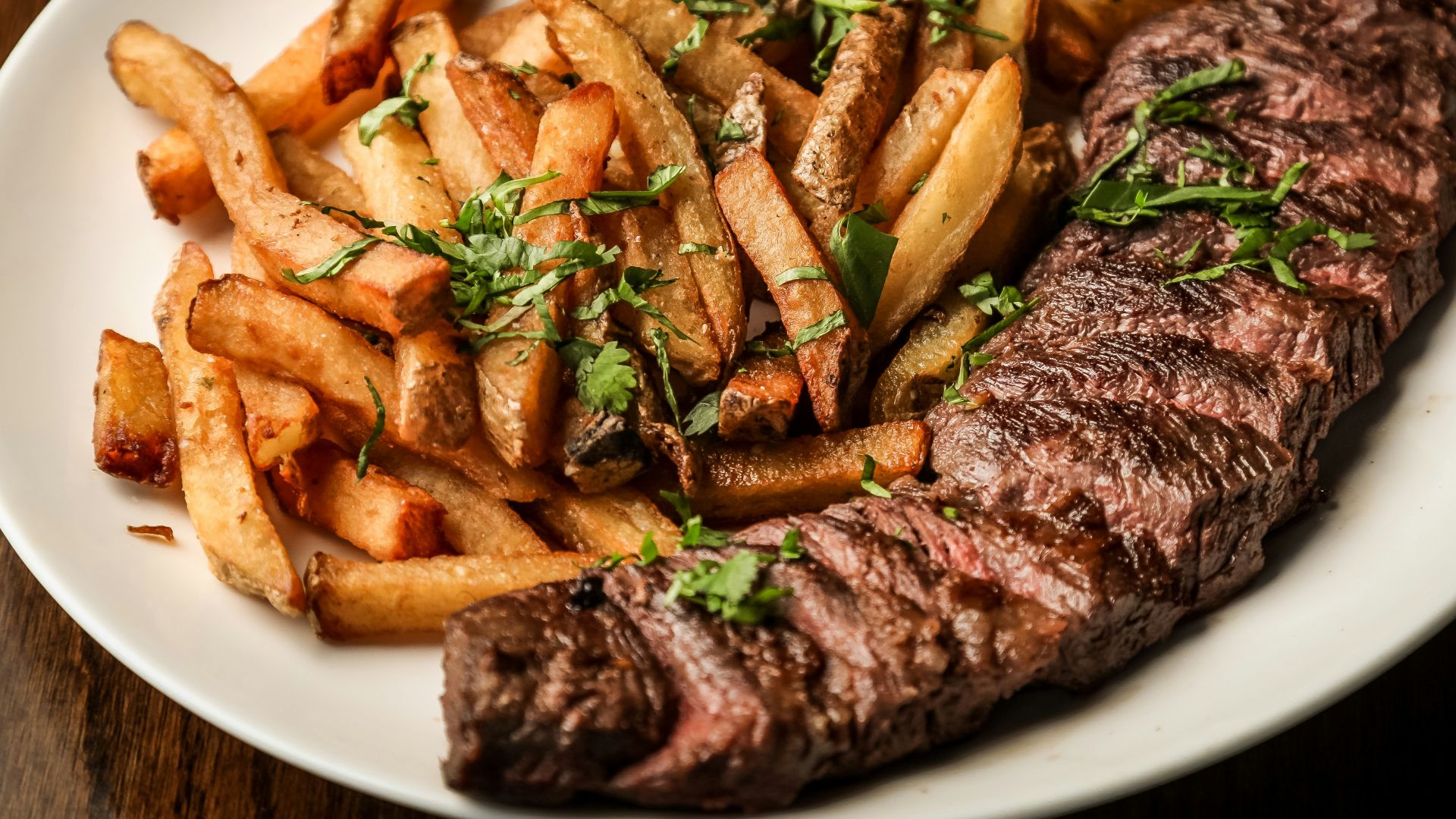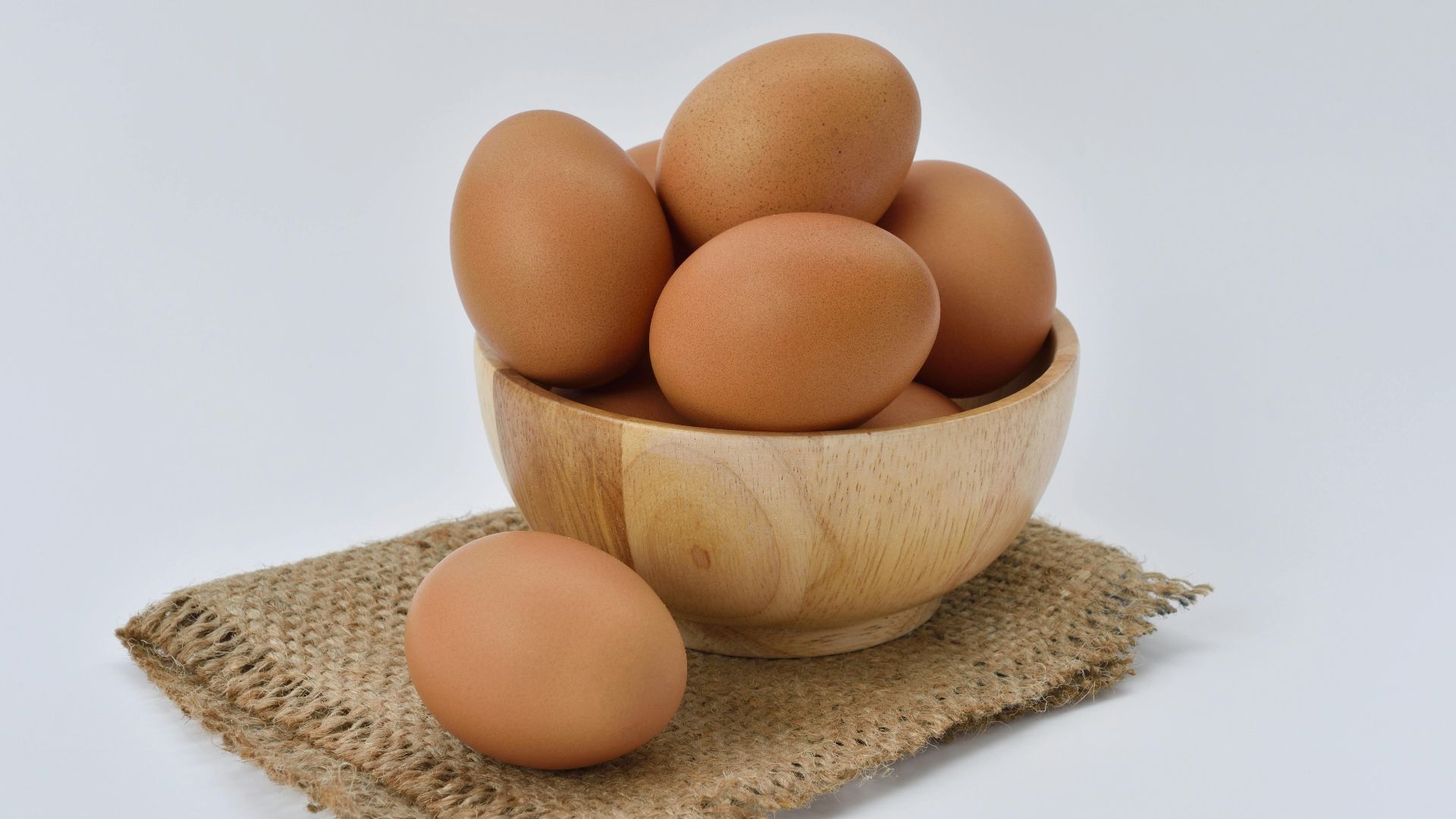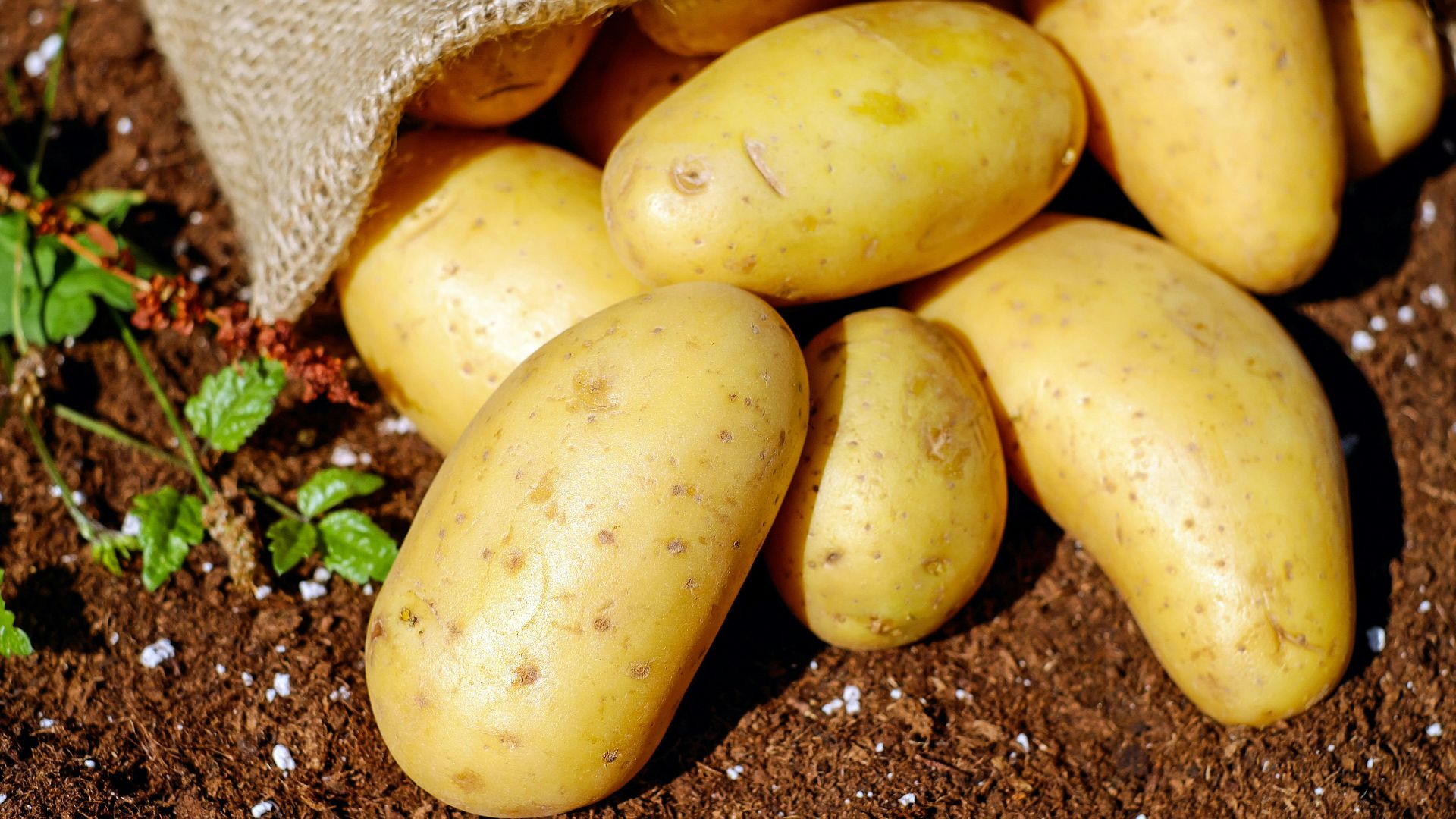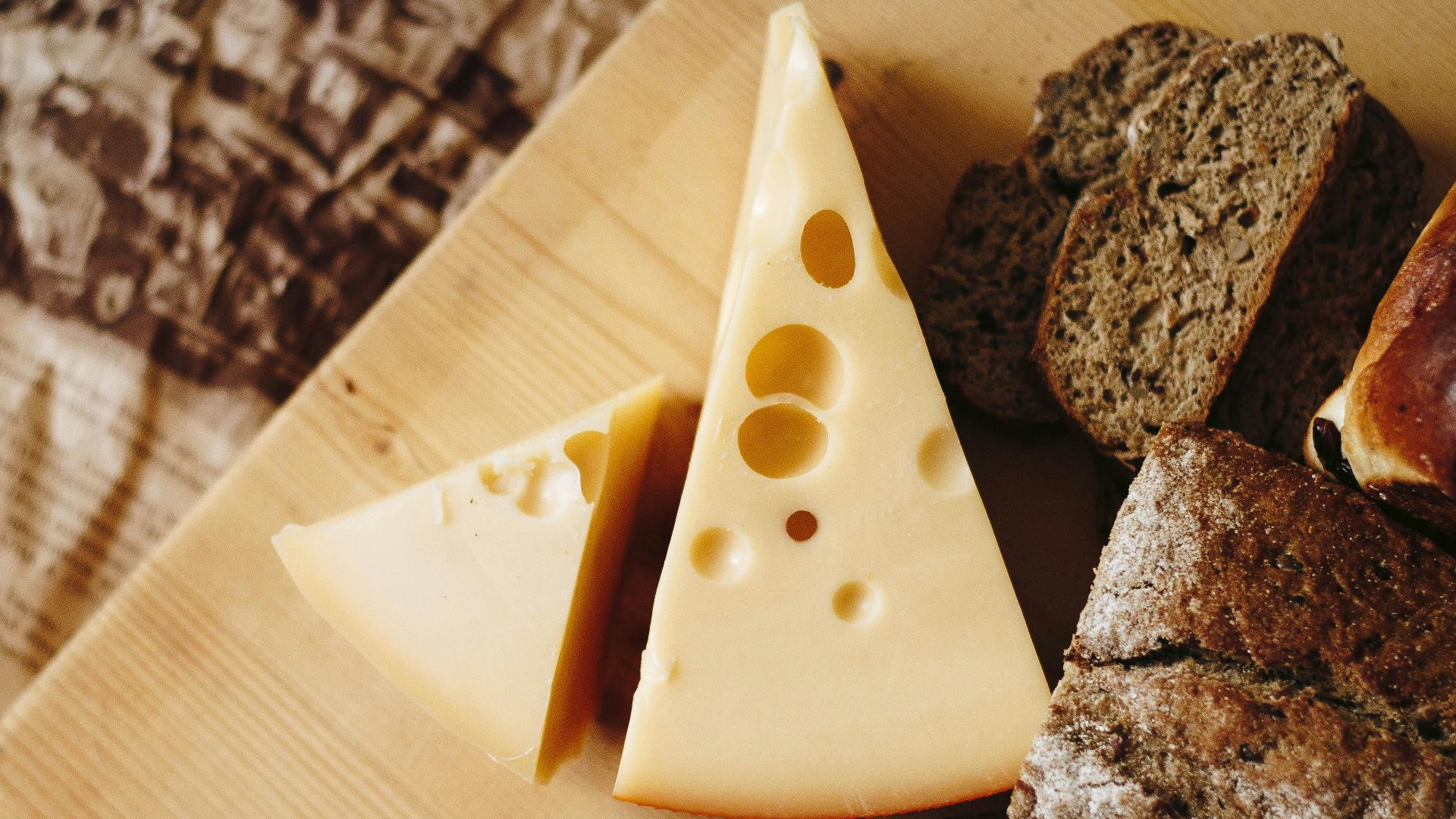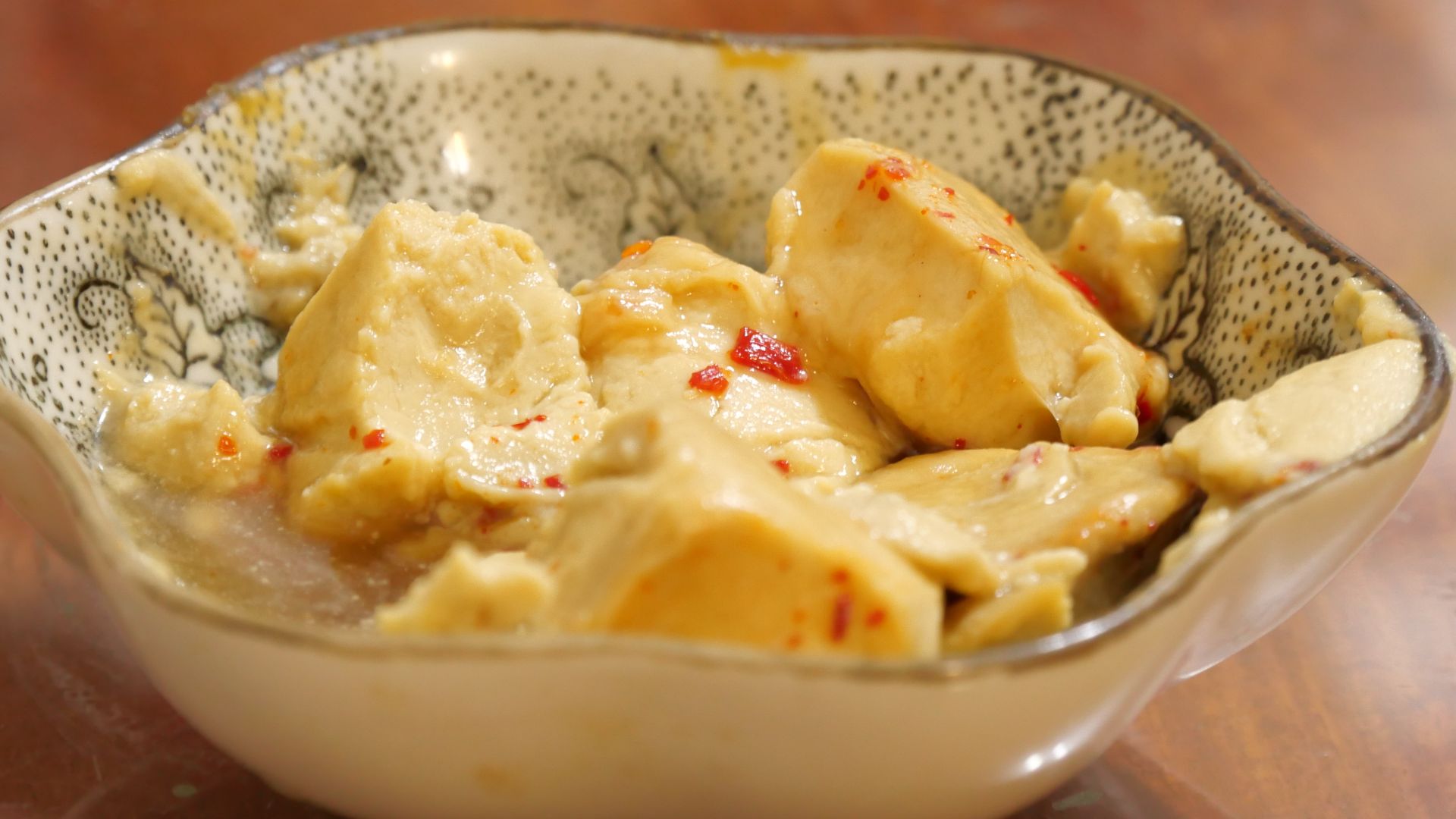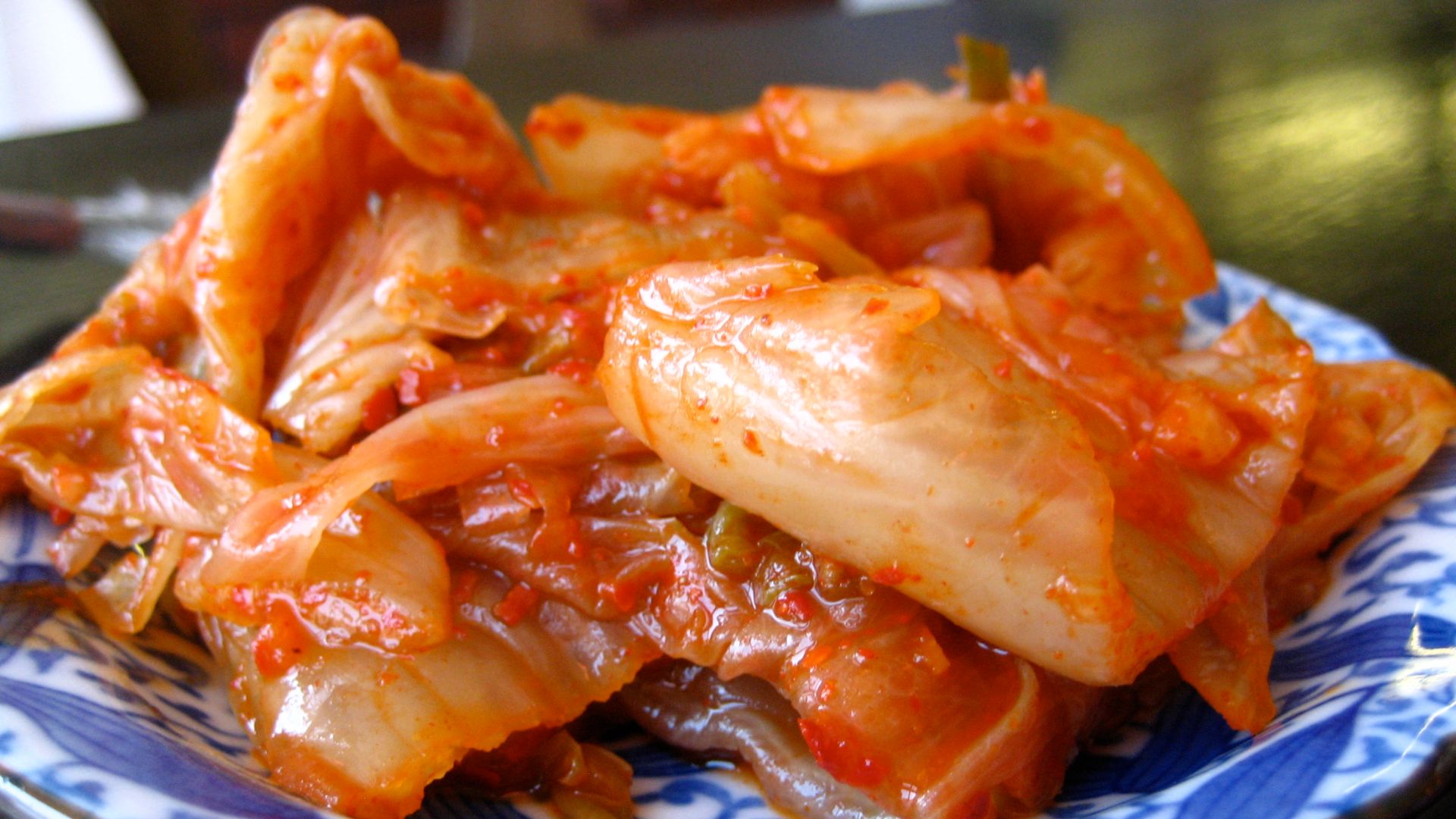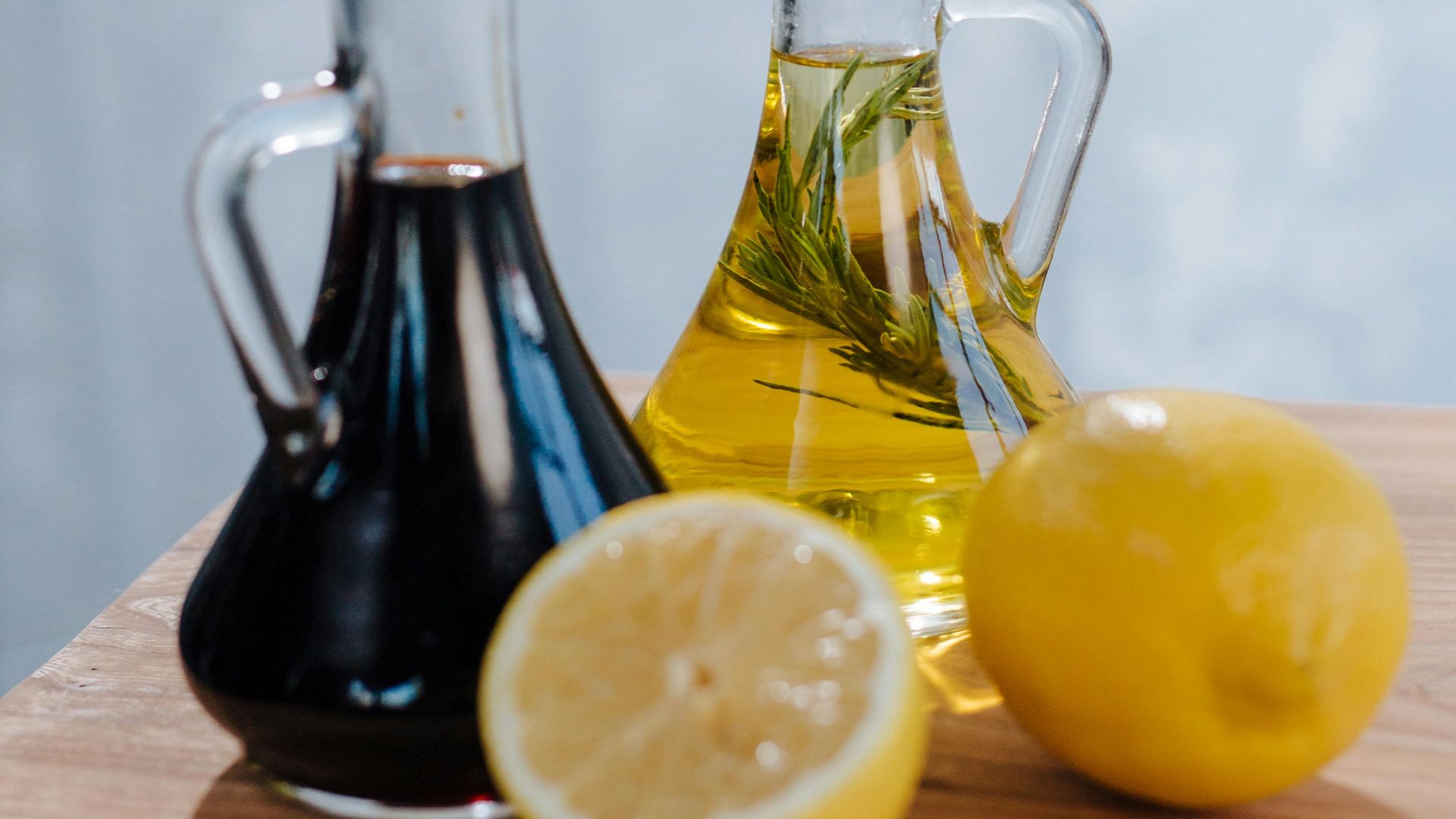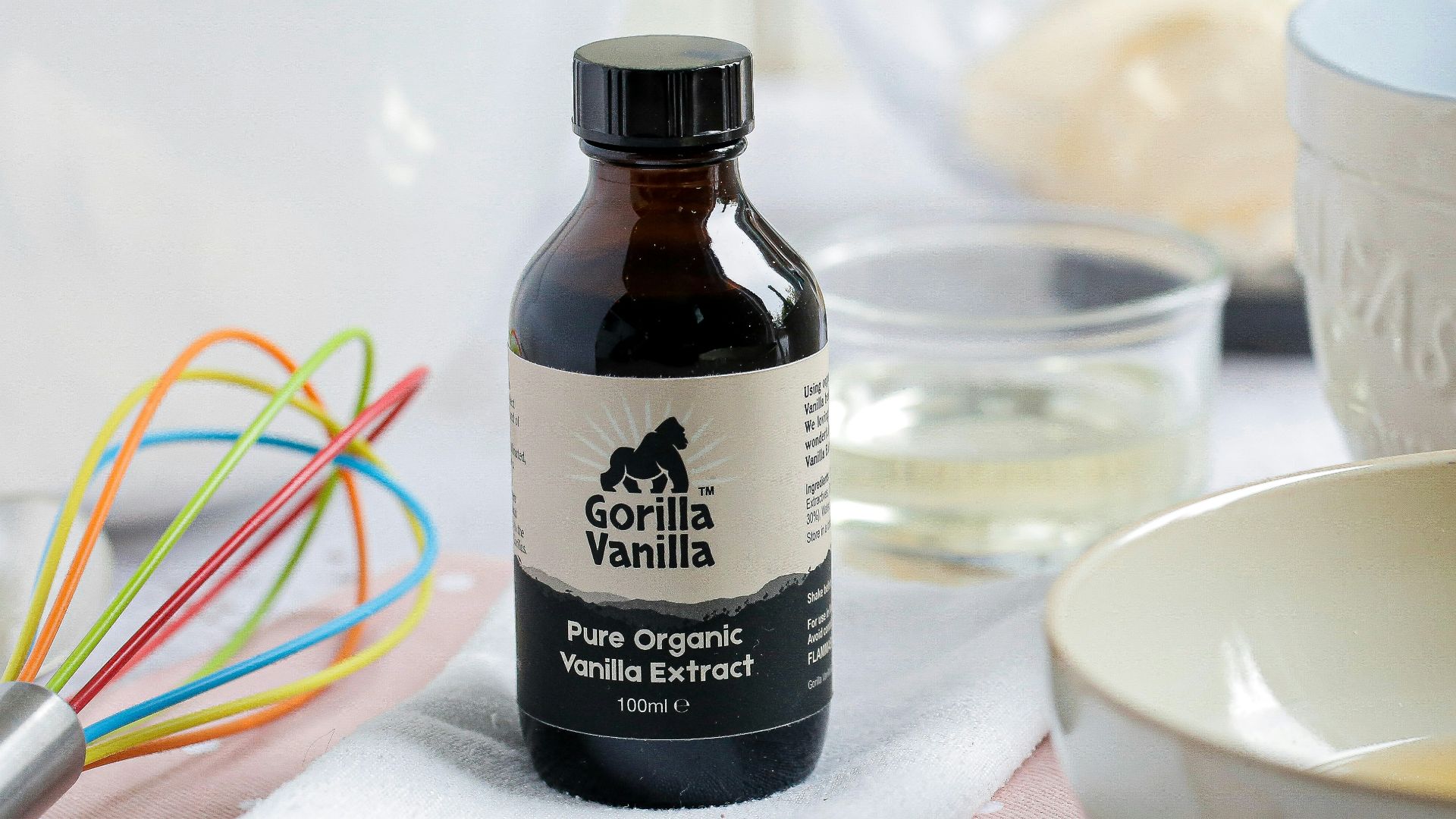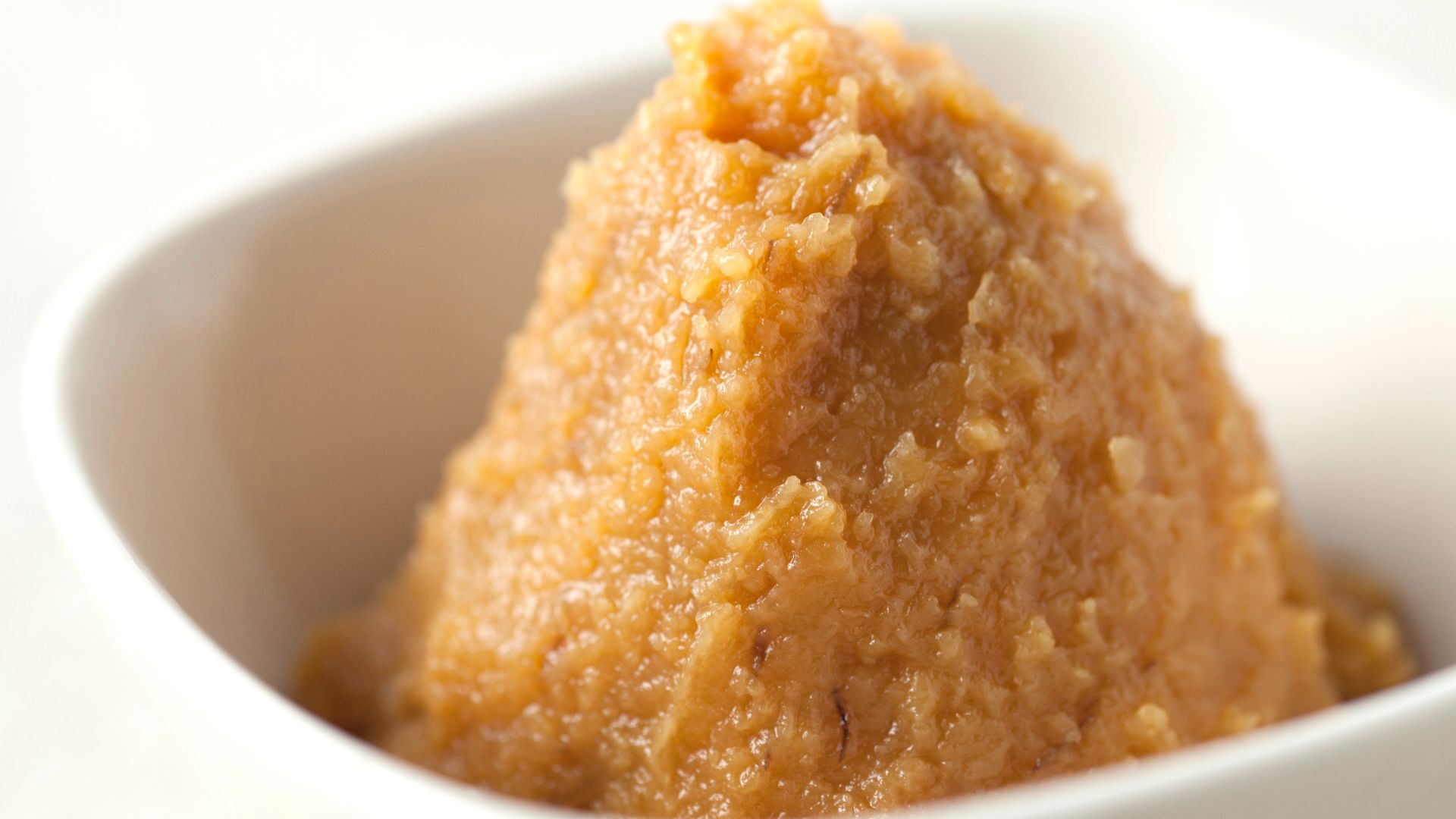To Wait Or Not To Wait?
Some foods are all about the moment—you have to enjoy them fresh, or they lose their magic. Then there are the patient ones, the foods that reward you for waiting. So, which foods demand to be eaten right away, and which ones get better the longer you hold off? And how do your favorites hold up to the test of time? Let's find out!
1. Bread
Freshly baked bread is soft on the inside with a crisp, golden crust. As soon as it cools, the starches begin to crystallize. Within hours, the crust loses its crunch, and by the next day, the bread starts turning stale. Toasting or reheating may revive it slightly, but nothing matches the taste of a loaf straight out of the oven.
2. Pasta
There’s nothing wrong with dried pasta—it’s convenient and gets the job done. But fresh pasta? That’s where the magic happens. Made with eggs and flour, it has a soft, almost velvety texture that soaks up sauces beautifully. If you’ve only ever had pasta from a box, fresh pasta is a game-changer.
3. Leafy Greens
Spinach, kale, arugula—they all lose flavor and texture the longer they sit. Fresh greens have that natural snap and a deeper, earthier taste, whether tossed in a salad or layered in a sandwich. Plus, they pack more nutrients when eaten soon after harvest.
4. Steak
A perfectly cooked steak has a juicy, tender interior and a seared crust. The moment it sits, the juices start redistributing, and storing it in the fridge dries it out. Even methods like sous-vide or oven reheating can’t fully restore its original succulence. Hence, a fresh, hot steak is always the best way to enjoy it.
5. Eggs
Eggs in any form—scrambled, fried, poached, or soft-boiled—taste best when eaten fresh. Scrambled eggs turn rubbery when reheated, fried eggs lose their crisp edges, and poached eggs develop a tough outer layer. Similarly, hard-boiled eggs can be stored, but they tend to get a sulfuric smell over time.
6. Sushi
Sushi is made with raw fish and delicate ingredients that don’t hold up well over time. The rice dries out quickly, and the fish loses its buttery texture. That’s why sushi is meant to be enjoyed immediately after preparation, as storing it even for a few hours affects its quality.
7. Potatoes
A potato is a potato, right? Not quite. Fresh potatoes have a creamy texture and a subtly sweet, earthy flavor that you just don’t get with older ones. The moment they sit too long, they lose moisture, becoming drier and grainier. That’s why fresh potatoes make the fluffiest mashed potatoes and the crispiest fries.
8. Salad With Dressing
A fresh salad is crisp, vibrant, and full of texture. Once you add dressing, the greens start wilting as they absorb moisture. Within minutes, delicate greens like arugula or lettuce lose their crunch. Refrigerating a dressed salad makes things worse, as the ingredients release even more moisture.
9. Pancakes
Pancakes are all about that fresh-off-the-griddle magic. The moment they’re flipped, they puff up with a light, airy texture and a golden, crisp edge. Fresh pancakes have a delicate structure that holds the right amount of toppings without getting soggy. They’re at their absolute best the moment they’re made.
10. Souffle
A souffle is a dish where freshness is essential. The signature airy texture comes from whipped egg whites, which expand in the oven to create a cloud-like structure. Plus, when enjoyed fresh, the contrast between the crisp, golden top and the soft, almost weightless center is at its peak.
1. Cheese
Many cheese variations develop stronger flavors and a firmer texture as they age. Hard cheese like Parmesan, Cheddar, and Gouda can mature for months or even years, allowing enzymes to break down proteins and fats. Also, aged cheese often has crunchy protein crystals that add to their appeal.
2. Fermented Tofu (Doufu Ru)
Also known as Chinese fermented tofu, this delicacy is aged in rice wine, chili, or other seasonings for months. Over time, it develops a creamy texture and an intense cheese-like umami flavor. Often used in congee, stir-fries, or as a spread, aged fermented tofu has a distinctively bold taste that improves with time.
3. Dry-Aged Steak
We know we said steak is best enjoyed freshly cooked and, while that remains true, there is something to be said about the unique process of dry-aging a steak before it's even prepared. Unlike fresh cuts, dry-aged steak is left to mature in controlled conditions for weeks. This process allows moisture to evaporate, intensifying the beef’s natural flavors. Enzymes break down muscle fibers, further creating a more tender texture and a richer, nuttier taste.
 Nishimuraya Kinosaki Onsen on Wikimedia
Nishimuraya Kinosaki Onsen on Wikimedia
4. Pickles
Pickles are basically cucumbers that decided to live their best, tangiest life. Fresh cucumbers are fine, and if you give them time in a salty, spiced brine, they convert into crunchy, flavor-packed legends. The longer they sit, the deeper the flavor—think zesty, garlicky, and just the right amount of punchy.
5. Kimchi
Kimchi is a fermented staple in Korean cuisine, and its flavor only improves with time. As it ferments, beneficial bacteria break down sugars, which creates a deeper umami taste while enhancing its probiotic content. Soon, it develops stronger sour and complex savory notes, which makes it perfect for stews.
6. Balsamic Vinegar
Traditional balsamic vinegar is aged for years—sometimes decades—in wooden barrels. As it ages, water evaporates, and the vinegar thickens and develops a rich, sweet, and complex flavor. Also, older balsamic vinegars have a syrupy consistency with deep caramelized notes.
7. Fish Sauce
Fish sauce only improves with age. Typically, it takes 6 months to 2 years for the fish and salt to break down naturally through enzymes and bacteria. As it ages, the sauce grows more complex, developing rich, caramel-like undertones and a smoother finish. Even after it’s bottled, a well-aged fish sauce keeps maturing, deepening in flavor over time.
8. Vanilla Extract
Made by soaking vanilla beans in a container filled with alcohol, the vanilla extract’s flavor starts out strong but is slightly harsh. Over time, though, the alcohol mellows, allowing the complex vanilla notes to shine. A well-aged extract, especially after a year or more, develops a taste that makes baked goods and desserts extra indulgent.
9. Dark Chocolate
Do you taste dark chocolate and wonder why it’s so good? Next time, know that it’s a result of time working its magic. With time, the bitterness mellows, and the cocoa flavors become more complex. So, that amazing flavor? It didn’t just happen—it got better with age.
10. Miso Paste
Miso, a fermented soybean paste, deepens in flavor as it ages. Young miso is light and mildly salty, while aged miso becomes darker, richer, and more umami-packed. Some miso varieties, like hatcho miso, are aged for years to create intense, complex flavors that enhance soups, marinades, and sauces.
KEEP ON READING




